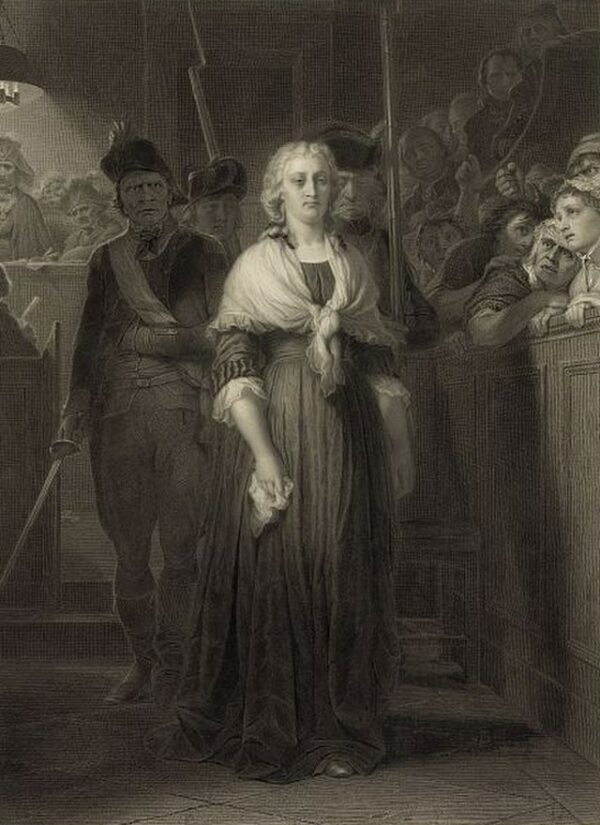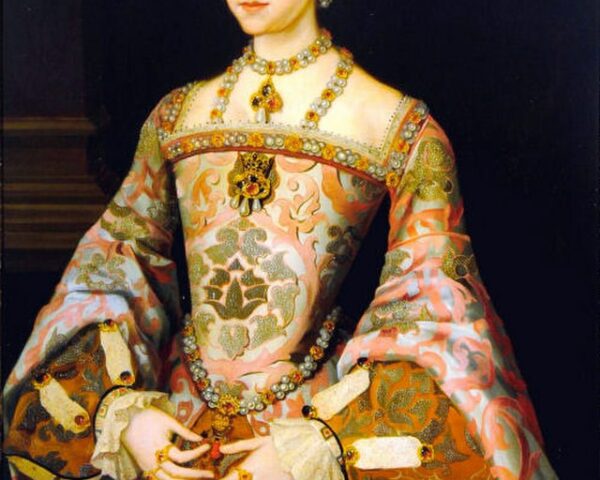On October 16, 1793, Marie Antoinette, the Queen of France, met a tragic end through her execution during the tumultuous period of the French Revolution. Her fate was a reflection of the deep-seated discontent and anger of the French populace towards the monarchy and the aristocracy. Marie Antoinette was executed by guillotine in the Place de la Révolution in Paris.
The trial and execution of Marie Antoinette, writes World History Encyclopedia, “was among the opening events of the Reign of Terror during the French Revolution (1789-1799). Accused of a series of crimes that included conspiring with foreign powers against the security of France, Marie Antoinette was found guilty of high treason and executed on October 16, 1793.
Since at least the time of the affair of the diamond necklace in 1785, Marie Antoinette was immensely unpopular in France, the subject of wild rumors and scandalous libelles. Accused of being an Austrian spy, a careless spendthrift, and a morally bankrupt deviant, her association with France’s monarchy helped to lessen its popularity at the start of the Revolution. At the outbreak of the War of the First Coalition (1792-1797), she hoped to bring about the Revolution’s destruction by sending military secrets to her contacts in Austria, but was imprisoned by the revolutionaries alongside her family following the Storming of the Tuileries Palace in August 1792.
After the trial and execution of Louis XVI in January 1793, she remained imprisoned along with her sister-in-law, Madame Elizabeth, and her children: the fourteen-year-old princess Marie-Thérèse, and the eight-year-old Louis-Charles, who was recognized by royalists as Louis XVII, rightful king of France.”
Marie Antoinette’s execution marked the culmination of a series of events that led to the downfall of the Bourbon monarchy. She was initially imprisoned along with her husband, King Louis XVI, following their failed attempt to escape France in 1791. They were both accused of conspiring against the revolution and betraying the French people. Her trial was a mere formality, and the revolutionary tribunal swiftly found her guilty of numerous charges, including high treason, aiding foreign powers, and extravagant spending.
The execution of Marie Antoinette was a highly public event, drawing large crowds to witness the fall of a once-powerful queen. It signified a decisive break with the past, as the monarchy’s divine right and the aristocracy’s privileges were officially abolished. Her death was a symbolic act, meant to emphasize the revolutionary ideals of liberty, equality, and fraternity. It also served as a stark reminder to other European monarchies that the revolutionary fervor in France was not to be taken lightly.
Marie Antoinette’s execution had a profound impact on the course of the French Revolution and the subsequent political developments in Europe. It deepened the rift between the revolutionary French government and other European powers, ultimately leading to a series of conflicts known as the Napoleonic Wars. Her death also generated sympathy among monarchies abroad, and some even launched campaigns to restore the Bourbon monarchy in France. In this way, the execution of Marie Antoinette played a pivotal role in shaping the turbulent era of the late 18th century and early 19th century in Europe.






